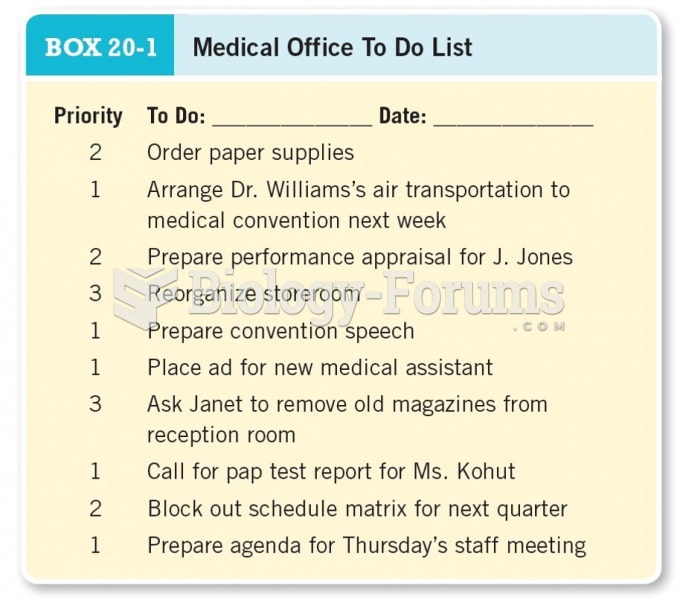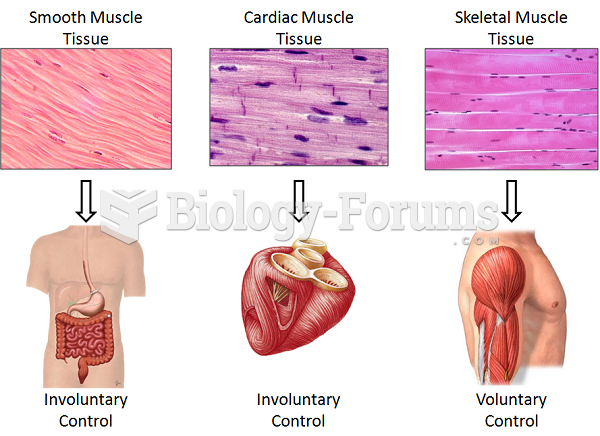Answer to Question 1
ANSWER: verbal ability (including large vocabulary, ability to retell a story coherently, letter-sound knowledge, phonological and morphological awareness); physical factors (such as brain structure, genes); cognitive factors (both general and language-specific cognitive abilities); emotional factors (such as secure attachment, pleasant interactions during parent-child storybook reading); social factors (such as strong social skills especially cooperation, joint storybook reading/shared reading, use of literacy during play)
Answer to Question 2
ANSWER: Student response will vary, but hopefully will include some of the following: At about age three, childrens writing still may not include real letters, but it begins to look like letters and is written in left-to-right lines. Children believe they are writing, but no one else can read it. In kindergarten, most children learn how to form letters correctly and to pair letters with sounds. They begin to write with real letters, using invented phonetic spellings and pictures. As children begin to read in 1st grade, emergent literacy is replaced by conventional literacy. A primary task of 1st grade is learning to read and write. The task shifts around 4th grade to using reading and writing to learn other things. At first, children are asked to write mostly personal stories in order to practice writing, but by the end of elementary school, children are asked to write expository text, like reports, to show what they know. Children become better spellers across elementary school. At first, they leave out the internal phonemes of words. After 4th grade, they become more skilled at conventional spelling. Adolescents become able to use domain-specific vocabulary to read and write in domains like science, history, or art. Quality of writing increases during adolescence in other ways as well Adolescents can produce an organized, persuasive paper. Essays and sentences are longer. Adverb connectors and abstract nouns are used more.







